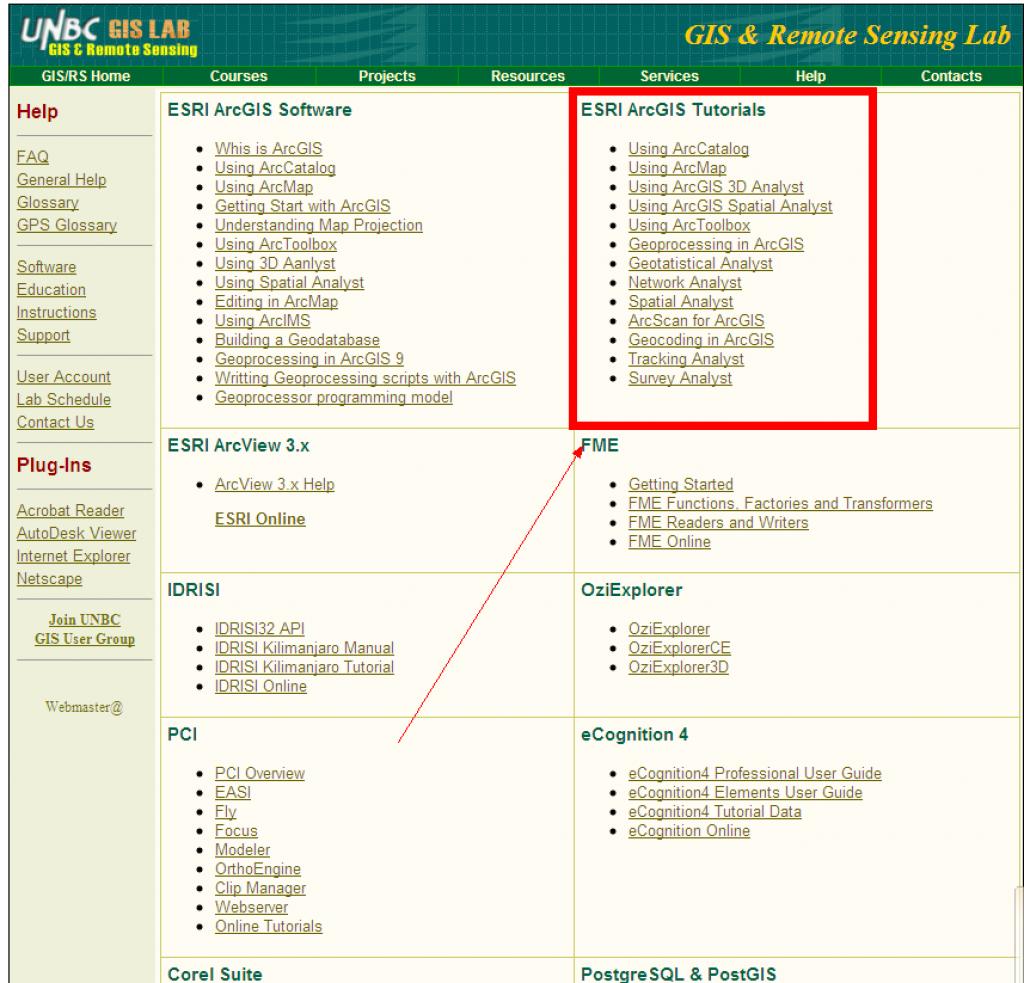Qt网络编程之实例二POST方式
上一篇文章http://www.zzzyk.com/kf/201203/124791.html 主要介绍了Qt网络编程的GET方式,这里再说一下POST方式。首先说一下自己的环境:
主机:Win7;Web服务器:TomCat v7.x;数据库服务器:MySQL v5.x。
主要是用Qt实现登录验证,后台使用servlet响应登录请求,查询后台数据库,是否为合法用户。相信大家明白了吧!我实现的就是客户端发出请求,服务器端在数据库中进行查询,如果查找到,则返回用户信息,如果没有找到,则返回0,首先贴一下效果图:
1、在浏览器中测试:

2、在Qt客户端中测试:

这里贴一下Qt客户端的代码,服务器端的代码可详见另一篇博文:Android Tomcat 的应用之服务器部分http://www.zzzyk.com/kf/201203/124793.html
[cpp] <span style="font-size:18px;">#include "mainwindow.h"
#include "ui_mainwindow.h"
#include <QNetworkReply>
#include <QNetworkRequest>
MainWindow::MainWindow(QWidget *parent) :
QMainWindow(parent),
ui(new Ui::MainWindow)
{
ui->setupUi(this);
nam = new QNetworkAccessManager(this);
QObject::connect(nam, SIGNAL(finished(QNetworkReply*)),
this, SLOT(finishedSlot(QNetworkReply*)));
}
MainWindow::~MainWindow()
{
delete ui;
}
void MainWindow::on_pushButton_clicked()
{
//QUrl url("http://www.hust.edu.cn/");
//QUrl url("http://www.google.com/ig/api?weather=wuhan");
QUrl url("http://localhost:8080/WebRoot/servlet/LoginServlet");
QByteArray append("username=admin&password=123456");
//QNetworkReply* reply = nam->get(QNetworkRequest(url));
QNetworkReply* reply = nam->post(QNetworkRequest(url), append);
// NOTE: Store QNetworkReply pointer (maybe into caller).
// When this HTTP request is finished you will receive this same
// QNetworkReply as response parameter.
// By the QNetworkReply pointer you can identify request and response.
}
void MainWindow::finishedSlot(QNetworkReply *reply)
{
#if 1
// Reading attributes of the reply
// e.g. the HTTP status code
QVariant statusCodeV =
reply->attribute(QNetworkRequest::HttpStatusCodeAttribute);
// Or the target URL if it was a redirect:
QVariant redirectionTargetUrl =
reply->attribute(QNetworkRequest::RedirectionTargetAttribute);
// see CS001432 on how to handle this
// no error received?
if (reply->error() == QNetworkReply::NoError)
{
// read data from QNetworkReply here
// Example 1: Creating QImage from the reply
//QImageReader imageReader(reply);
//QImage pic = imageReader.read();
// Example 2: Reading bytes form the reply
QByteArray bytes = reply->readAll(); // bytes
//QString string(bytes); // string
QString string = QString::fromUtf8(bytes);
ui->textBrowser->setText(string);
}
// Some http error received
else
{
// handle errors here
}
// We receive ownership of the reply object
// and therefore need to handle deletion.
reply->deleteLater();
#endif
}
</span>
<span style="font-size:18px;">#include "mainwindow.h"
#include "ui_mainwindow.h"
#include <QNetworkReply>
#include <QNetworkRequest>
MainWindow::MainWindow(QWidget *parent) :
QMainWindow(parent),
ui(new Ui::MainWindow)
{
ui->setupUi(this);
nam = new QNetworkAccessManager(this);
QObject::connect(nam, SIGNAL(finished(QNetworkReply*)),
this, SLOT(finishedSlot(QNetworkReply*)));
}
MainWindow::~MainWindow()
{
delete ui;
}
void MainWindow::on_pushButton_clicked()
{
//QUrl url("http://www.hust.edu.cn/");
//QUrl url("http://www.google.com/ig/api?weather=wuhan");
QUrl url("http://localhost:8080/WebRoot/servlet/LoginServlet");
QByteArray append("username=admin&password=123456");
//QNetworkReply* reply = nam->get(QNetworkRequest(url));
QNetworkReply* reply = nam->post(QNetworkRequest(url), append);
// NOTE: Store QNetworkReply pointer (maybe into caller).
// When this HTTP request is finished you will receive this same
// QNetworkReply as response parameter.
// By the QNetworkReply pointer you can identify request and response.
}
void MainWindow::finishedSlot(QNetworkReply *reply)
{
#if 1
// Reading attributes of the reply
// e.g. the HTTP status code
QVariant statusCodeV =
reply->attribute(QNetworkRequest::HttpStatusCodeAttribute);
// Or the target URL if it was a redirect:
QVariant redirectionTargetUrl =
reply->attribute(QNetworkRequest::RedirectionTargetAttribute);
// see CS001432 on how to handle this
补充:软件开发 , 其他 ,




